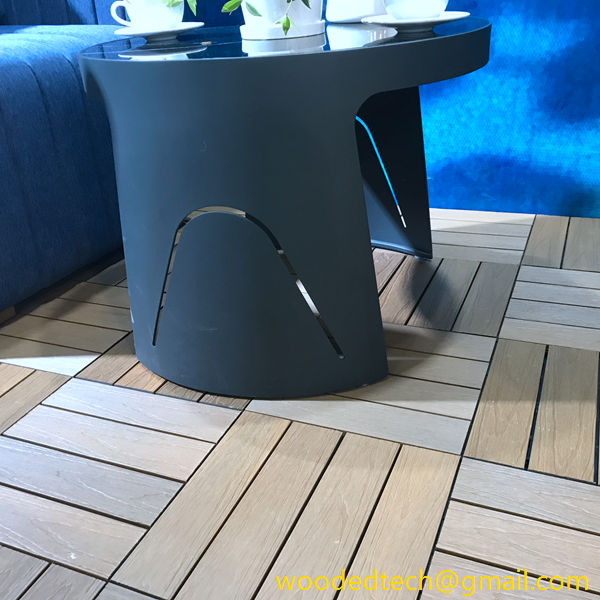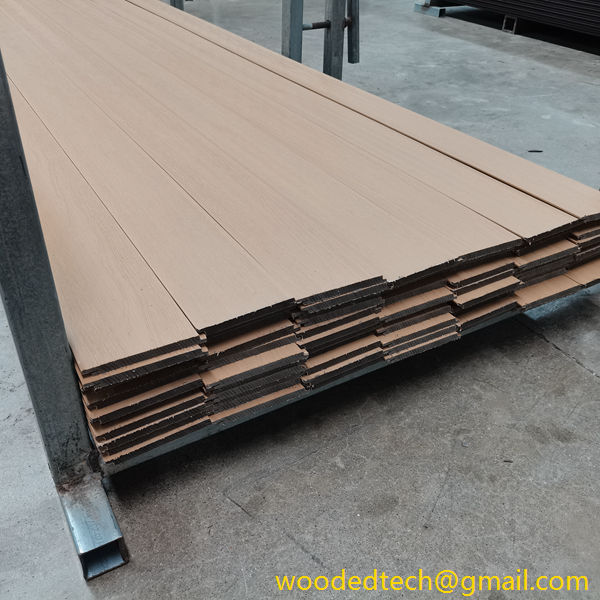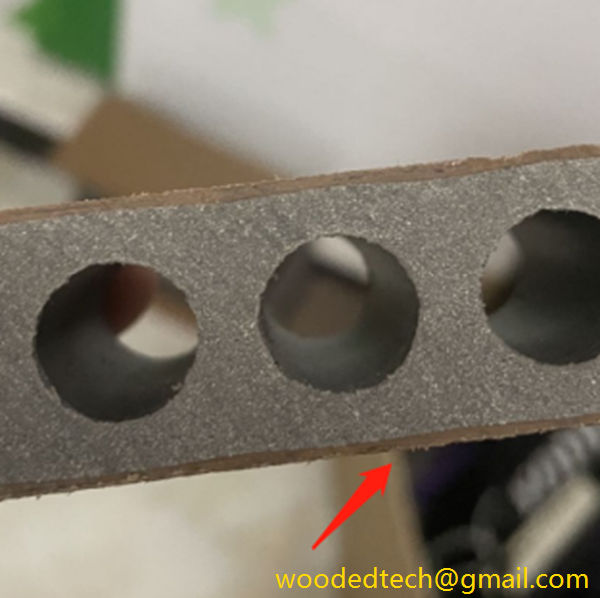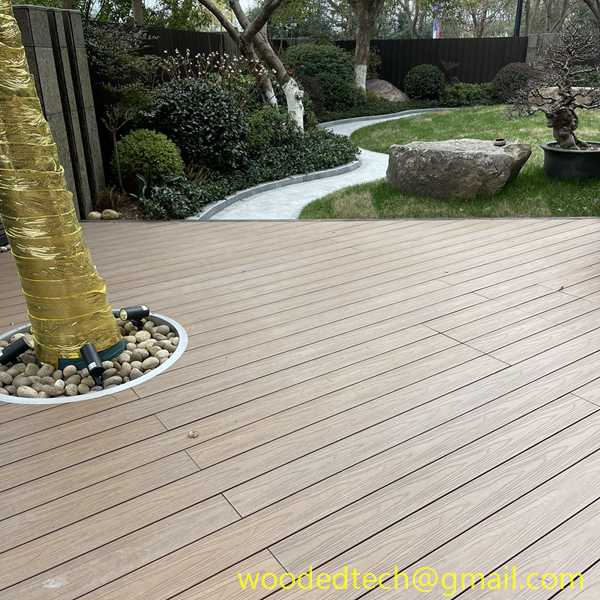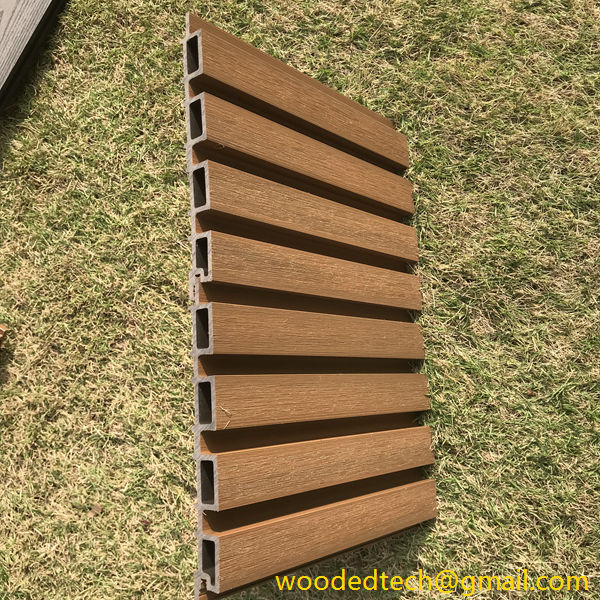Discover the Versatility of WPC Co Extrusion Products
Wood Plastic Composite, commonly referred to as WPC, has gained significant attention in recent years due to its unique properties and versatility. One of the most innovative methods of producing WPC products is through co-extrusion, a process that combines two or more materials to create a single, composite product. This technique not only enhances the physical properties of the final product but also expands its applications across various industries.
To understand the significance of WPC co-extrusion, it is essential to first comprehend the materials involved. WPC is primarily composed of a mix of wood fibers and thermoplastic polymers. The wood fibers provide the composite with its natural aesthetic and structural benefits, while the thermoplastics contribute to durability, moisture resistance, and flexibility. Co-extrusion involves the simultaneous extrusion of two or more materials, resulting in a product that has different properties on its surface and core. This process allows manufacturers to optimize the advantages of each material used.
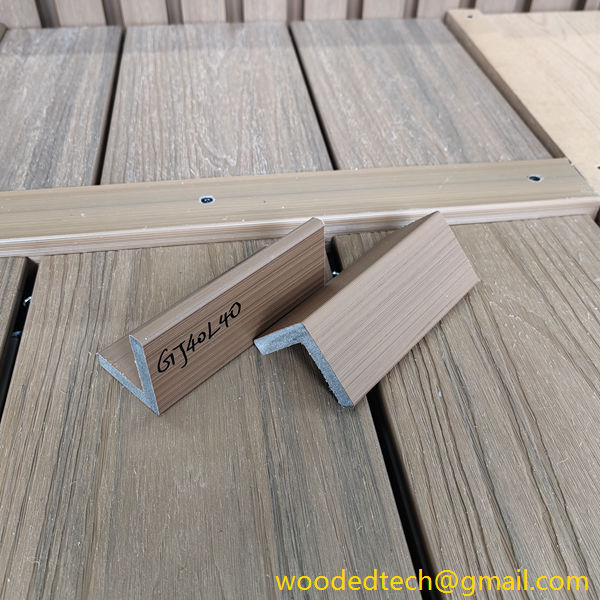
One of the key benefits of WPC co-extrusion is the ability to create products with enhanced surface properties. For instance, by using a more weather-resistant polymer on the outer layer, manufacturers can produce decking and railing products that are better equipped to withstand harsh environmental conditions. This means that WPC products can maintain their color and structural integrity for a longer period, reducing the need for frequent maintenance and replacement. Furthermore, the outer layer can be designed to have a textured finish, providing improved slip resistance and an attractive appearance that mimics natural wood.
In addition to aesthetic improvements, co-extrusion allows for the incorporation of advanced additives that can impart additional functionalities to WPC products. For example, UV stabilizers can be added to the outer layer to protect against discoloration caused by sunlight exposure. Similarly, antimicrobial agents can be integrated into the formulation to inhibit the growth of mold and bacteria, making WPC products suitable for various applications, including playgrounds and outdoor furniture.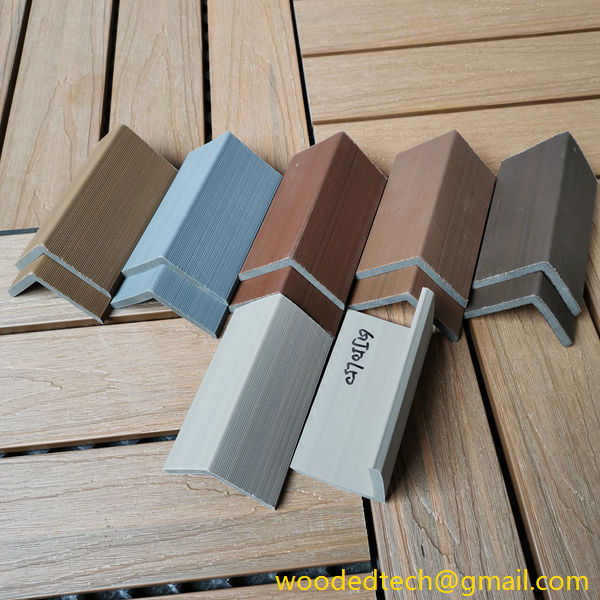
The versatility of WPC co-extrusion extends beyond just decking and railing products. The technology can be applied to create a wide range of building materials, including siding, fencing, and even interior elements such as wall panels and moldings. The ability to tailor the properties of the outer layer allows manufacturers to meet the specific requirements of different applications. For example, WPC siding can be produced with enhanced insulation properties, contributing to energy efficiency in buildings.
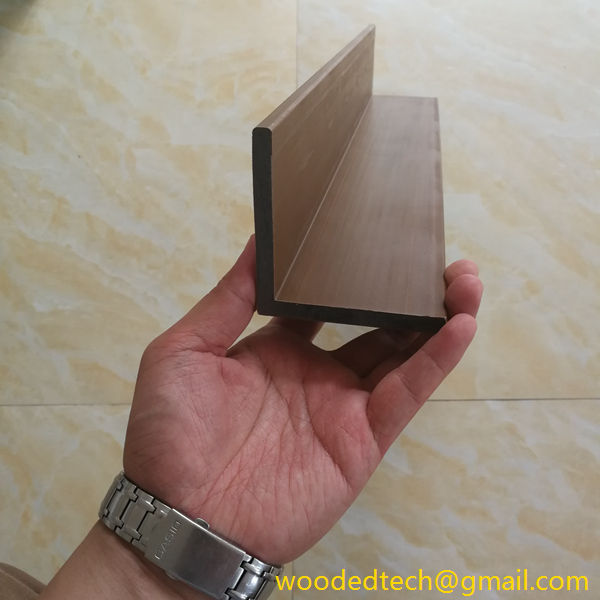
From a production standpoint, the co-extrusion process also offers several advantages. It allows for the efficient use of materials, as manufacturers can optimize the amount of expensive thermoplastic polymers used by combining them with more cost-effective wood fibers. This not only reduces production costs but also minimizes waste, making the process more environmentally friendly. Additionally, co-extrusion can improve production efficiency by enabling the simultaneous processing of multiple materials, resulting in faster output rates and reduced labor requirements.
Another critical aspect of WPC co-extrusion is its potential for customization. Manufacturers can easily adjust the formulation and processing parameters to create products that meet specific market demands. This adaptability makes it possible to produce a wide variety of colors, textures, and finishes, allowing customers to choose products that align with their design preferences. Furthermore, the ability to incorporate recycled materials into the formulation enhances the sustainability of WPC products, appealing to environmentally conscious consumers.
As the demand for sustainable building materials continues to rise, WPC co-extrusion products are well-positioned to play a significant role in the construction industry. Their combination of durability, low maintenance, and aesthetic appeal makes them an attractive alternative to traditional materials like wood and plastic. With ongoing advancements in material science and processing technology, the future of WPC co-extrusion appears promising.
In conclusion, the versatility of WPC co-extrusion products is evident in their wide range of applications, enhanced performance characteristics, and sustainable production methods. As the industry continues to evolve, it is likely that we will see even more innovative uses for these composites, further solidifying their place in modern construction and design. Whether for residential or commercial projects, WPC co-extrusion products offer a compelling solution that meets the needs of both builders and consumers alike.

